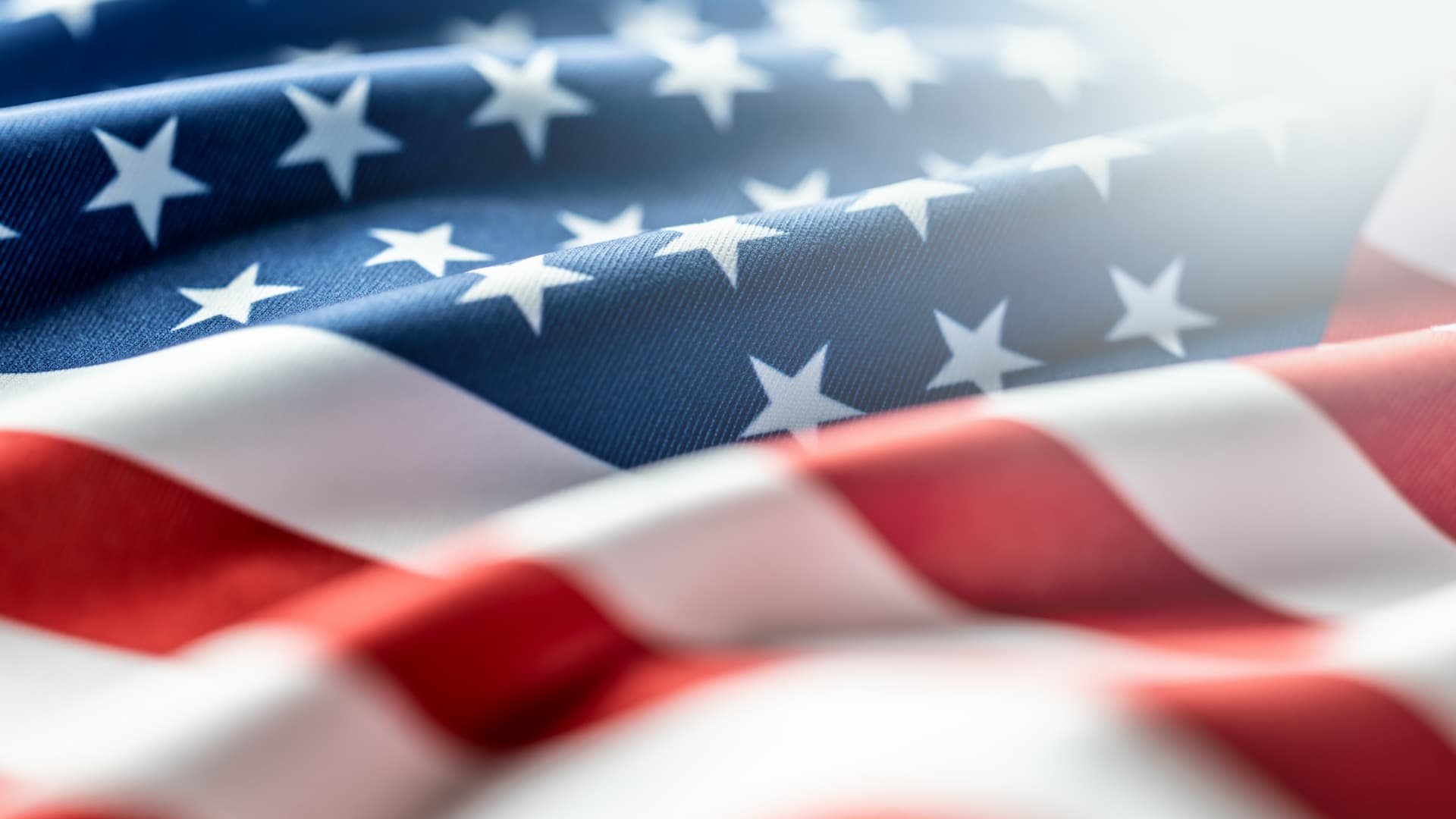The United States is launching a pilot program that could require some inbound travelers to pay bonds of up to $15,000 to enter.
The 12-month program is aimed, in part, at visitors from countries with historically high visa overstay rates, according to a temporary final rule posted in the Federal Register on Tuesday.
It’s the latest move by the Trump administration to tighten immigration laws in the U.S., following a travel ban on nationals from 12 countries in June and a $250 “visa integrity fee” announcement in July.
Here’s what we know about the bond program, based on the Federal Register notice:
When does the pilot program start?
The program starts on Aug. 20, 2025 and ends on Aug. 5, 2026.
Who will have to pay?
The program applies to leisure and business travelers who need B-1 or B-2 visas to enter the U.S., and who are coming from countries:
- that have high visa overstay rates,
- where screening and vetting information is deemed insufficient, or
- that offer Citizenship by Investment without a residency requirement.
Which countries are these?
So far, only two countries are on the list — Malawi and Zambia. However, the list may be amended throughout the pilot.
To determine the list, the government is using the Department of Homeland Security’s 2023 Entry/Exit Overstay Report.
The report shows that in 2023, of the 1,655 people from Malawi that were expected to exit the U.S, 237 are suspected to have never left the country, while the total overstay rate is estimated at over 14%.
That year, of the nearly 3,500 visitors from Zambia that were to leave the U.S., 388 are estimated to have stayed back, with the suspected in-country overstay rate of 10.45%.
The report shows several countries with even higher suspected overstay rates, including Chad (49%), Laos (34%), Haiti (31%), Republic of Congo, (29%), Sudan (26%), Djibouti (23%), Myanmar (26%), Eritrea (19%), Yemen (19%), Equatorial Guinea (21%), Burundi (15%), Sierra Leone (15%), Democratic Republic of Congo (15%) and Turkmenistan (15%).
With the exception of Haiti, the number of over-stayers from these countries is relatively small, usually in the hundreds.
Countries that have lower rates but far more people who overstayed and never departed the U.S. include Mexico (about 49,000), Brazil (21,000), Colombia (41,000), Haiti (27,000), Venezuela (22,000) and Dominican Republic (20,000), the report shows.
How many people will have to pay?
Not many.
The Department of State said it expects around 2,000 people will post visa bonds during the pilot program, given the number of people who are qualified to obtain U.S. visas and “uncertainty” surrounding the number of people who can pay it.
How much are the bonds?
There are three levels of bonds: $5,000, $10,000 and $15,000.
Bond amounts are at the discretion of consular officers, subject to guidelines. The amounts will be based on travelers’ “personal circumstances,” including their reason for traveling, employment, income, skills and education.
Travelers who are required to pay a visa bond must enter and depart the U.S. through three airports: Boston Logan International Airport, John F. Kennedy International Airport and Washington Dulles International Airport.
Why a pilot program instead of a blanket rule?
The purpose of the 12-month pilot is at least two-fold, according to the U.S. State Department.
It is primarily aimed at accessing the feasibility of processing and discharging bonds, which the government has previously deemed to be “cumbersome.” But it will also help ascertain whether bonds compel visitors to comply with their visa terms.
The government’s notice, however, also states that the pilot program is a “tool of diplomacy” intended to spur foreign governments to reduce overstay rates of their nationals and improve their travel screening and vetting processes.
Notably, the pilot program provides more details than the $250 “visa integrity fee” announced in July, including when it will start, how it will be implemented, and processes to post and refund bonds amounts.
How many U.S. visitors overstay their visa terms?
Only 1%-2% of nonimmigrant visitors overstayed their visas each year from 2016 to 2022, according to the U.S. Congressional Research Service.
However, 42% of the estimated 11 million people who live in the U.S. without authorization entered on valid visas, but then never left, data shows.
In 2019, the Department of Homeland Security estimated that more than 320,000 people overstayed their visas, though this includes travelers who eventually left the country, according to the State Department’s visa bond notice.
— CNBC’s Kaela Ling contributed to this story.
